New motherboards for Intel Raptor Lake processors are again a bit more expensive in the same class than the previous generation Z690, but they are also better equipped. This also applies to the ROG Strix Z790-E Gaming WiFi, which now has more M.2 slots than SATA ports. What’s also neater is the mechanism for removing graphics cards from underneath the big tower coolers and overclocking the CPU using machine learning. That’s also an option. Read more “Even more features. Asus ROG Strix Z790-E Gaming WiFi test”
Category: Motherboards
Great value for money? Gigabyte Z690 Gaming X DDR4
Here we have a test of the latest motherboard, which is designed primarily for the needs of Intel Alder Lake processors. It is also compatible with Raptor Lakes, but most importantly we finally have a tough opponent for the MSI Pro Z690-A DDR4. That board has set the bar really high among the cheaper models. But Gigabyte also has one ace up its sleeve in the low-end segment. The Z690 Gaming X DDR4 motherboard is truly a class act! Read more “Great value for money? Gigabyte Z690 Gaming X DDR4”
Asus ROG Maximus Z690 Hero: Elite board with extreme VRM
An expensive but a very effective motherboard. Thus, the high purchase price of the Maximus Z690 Hero can be gradually returned in lower operating costs after fine-tuning. First and foremost, however, it is a proper support for the most powerful processors, which can be safely overclocked well beyond the capabilities of the most powerful coolers. The board also comes with an SSD expansion card, unusually. Read more “Asus ROG Maximus Z690 Hero: Elite board with extreme VRM”
ASRock B660 Steel Legend or the cheapest motherboard in tests
The low price of a motherboard brings with it a few unconventional limitations. Ones that are not often found in competing models for similar money. Some of these are of the safety variety to avoid unnecessary damage to critical components. For a customer buying a standard, reasonably set-up build in this price class, they won’t be a bother, and saving money with the B660 Steel Legend can be beneficial. Read more “ASRock B660 Steel Legend or the cheapest motherboard in tests”
Otherness everywhere you look – Biostar B660GTA (review)
Most motherboards from the same classes look pretty much the same. While they differ in color scheme and heatsink shape, the layout, features, and overall operation (including power management) are like a carbon copy. The Biostar B660GTA goes upstream in many ways and presents an attractive option for those users who always find something lacking on boards in this price range. Read more “Otherness everywhere you look – Biostar B660GTA (review)”
Better than on paper. Low-cost “OC” mobo MSI Pro Z690-A DDR4
MSI’s second cheapest motherboard with the Intel Z690 chipset costs significantly less compared to the higher-end Tomahawk DDR4. The difference in features is small. And perhaps too small, as the specifications artificially downgrade some components. The power delivery is less efficient and the heatsinks are more modest, but the roughly 80 EUR saved is almost as much as the cost of upgrading from a Core i5-12600K to a Core i7-12700K(F). Read more “Better than on paper. Low-cost “OC” mobo MSI Pro Z690-A DDR4″
MSI MAG Z690 Tomahawk WiFi: DDR5 support, OC and decent VRM
At first glance, it’s the same board as the last tested Z690 Tomahawk WiFi DDR4 with one difference, that it supports the newer DDR5 memory standard. That’s how the Z690 Tomahawk WiFi is profiled, but looks are deceiving. A detailed analysis shows that there are some differences, including ones in design. Whether it’s for better or for worse is something you’ll learn exclusively from our measurements. Read more “MSI MAG Z690 Tomahawk WiFi: DDR5 support, OC and decent VRM”
MSI MAG Z690 Tomahawk WiFi DDR4: Top chipset for mid price
From the B660 motherboard tests, we now move on to Z690. These are always better equipped at least at the chipset level. One of the main advantages is the ability to manually overclock processors with an open multiplier. The Tomahawk DDR4 seems to be an option that has a well prepared VRM for such performance boosts while still keeping to an affordable price. The important thing though is what kind of board it is from an overall perspective. Read more “MSI MAG Z690 Tomahawk WiFi DDR4: Top chipset for mid price”
Gigabyte B660 Aorus Master DDR4: A board both efficient and flashy
Last time, we looked at a motherboard that is suitable for use with cheaper processors thanks to its lower price. Now we have the roughly 50 EUR more expensive Gigabyte B660 Aorus Master DDR4. The premium here has a clear justification and reflects on the better features. The power delivery is significantly more efficient, the heatsinks are more effective, and the features are richer overall, including illumination. Read more “Gigabyte B660 Aorus Master DDR4: A board both efficient and flashy”
Asus TUF Gaming B660 Plus WiFi D4: Entry level for Core i9 too
Alder Lake CPUs’ favorable price/performance ratio was initially spoiled by expensive motherboards. However, after the arrival of models with Intel B660 chipsets, the unfavorable situation began to turn around and in some cases quite dramatically. Asus TUF Gaming B660 Plus WiFi D4 with support for DDR4 memory, which is far cheaper than DDR5, can handle even the fastest CPUs. And the vast majority of users won’t even feel any bottlenecks. Read more “Asus TUF Gaming B660 Plus WiFi D4: Entry level for Core i9 too”
Follow-up: MSI MAG B660M Mortar WiFi performance with Core i5
We will do as we promised. We will test all motherboards with two processors – a powerful one, which will push the board hard, and a weaker one, which will show something a bit different. Namely, how the more expensive motherboard will (not) help the cheaper processor from the lower class. Can more expensive boards really benefit cheaper models in CPU tests, as some believe? Read more “Follow-up: MSI MAG B660M Mortar WiFi performance with Core i5”
Larger test of the smaller MSI MAG B660M Mortar WiFi mobo
While others have resigned from full-fledged motherboard tests long ago, we’re just kicking it off. Tests with differently powerful processors, without power limits, but also with limits set by Intel. And when we test performance, we also test M.2 slots, USB or Ethernet. Power draw analysis done at the level of individual branches, and thermal imaging with temperature tests (including SSD heatsink efficiency measurements) are a no-brainer. Read more “Larger test of the smaller MSI MAG B660M Mortar WiFi mobo”
MSI X370 Gaming Pro Carbon: A convenient choice for Ryzen 7
We have added the third major manufacturer to our tests of X370 boards – MSI. The X370 Pro Carbon is about thirty euros cheaper than its opponents from Gigabyte and Asus, so it will be interesting to watch how these savings are reflected in overall quality and design. We don’t want to give away too much, but we can say that it is definitely worth checking. Read more “MSI X370 Gaming Pro Carbon: A convenient choice for Ryzen 7”
Which X370 for 175 EUR: Asus ROG Strix or Gigabyte Gaming 5?
Two boards for the same price but with different approach. After reviewing the key elements of their layouts and examining fan control options, you can look forward to a large portion of temperature and consumption comparisons. Let’s find out which one of these AMD Ryzen boards fulfills your expectations better. Read more “Which X370 for 175 EUR: Asus ROG Strix or Gigabyte Gaming 5?”





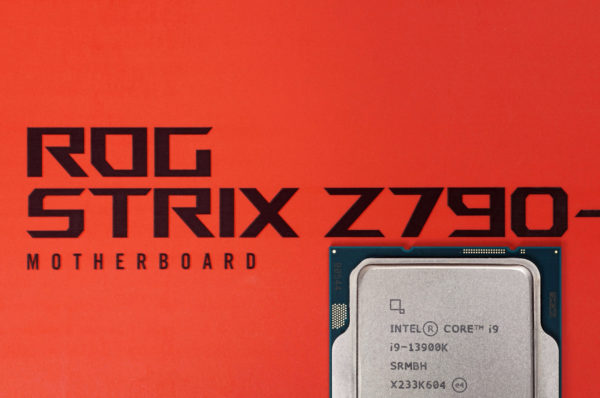
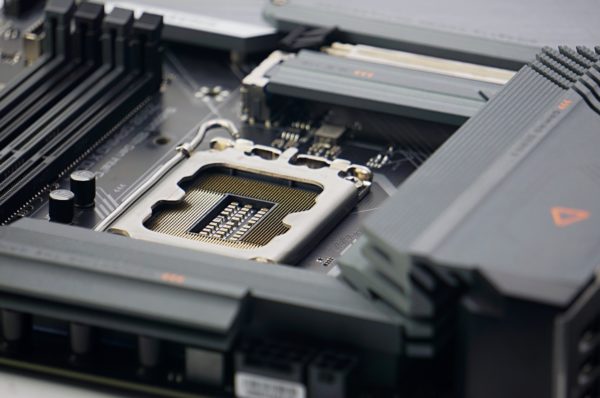
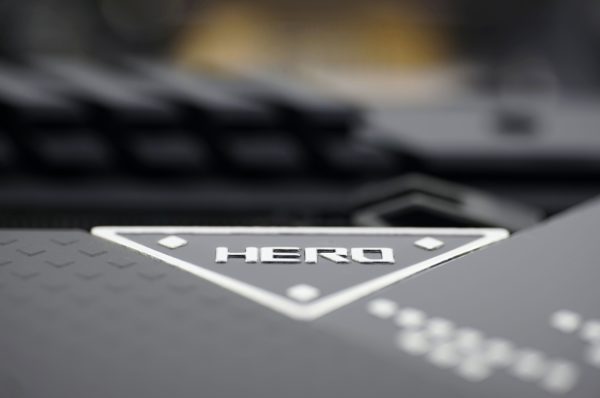

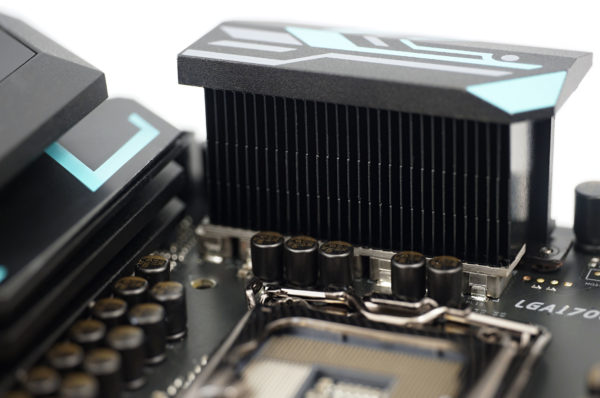
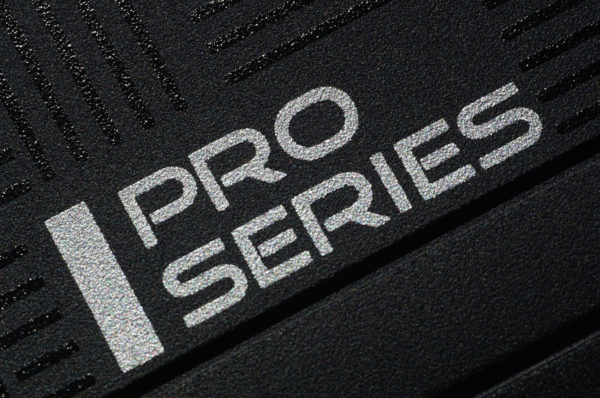
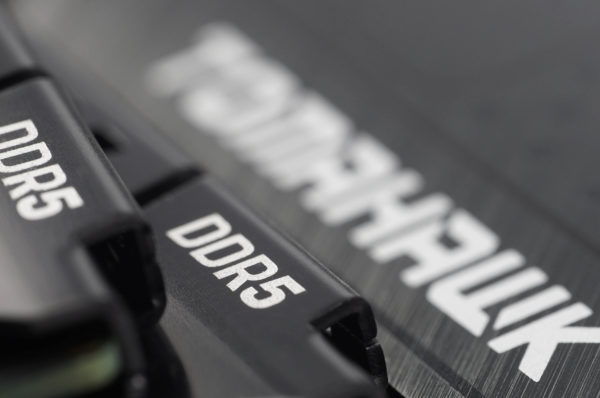
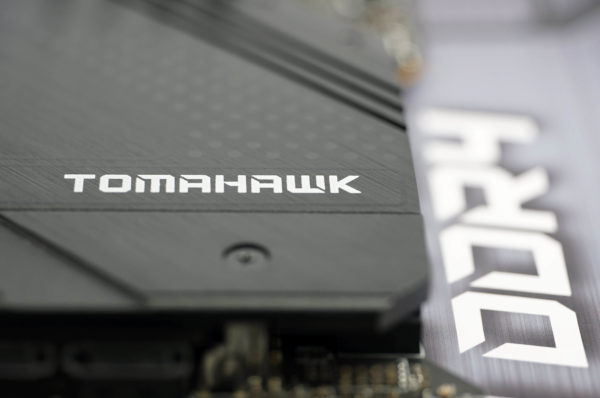
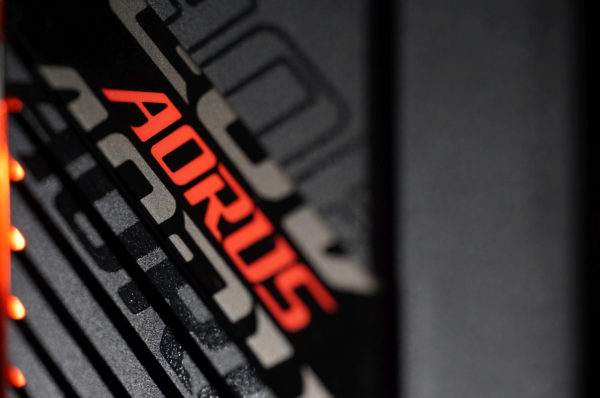

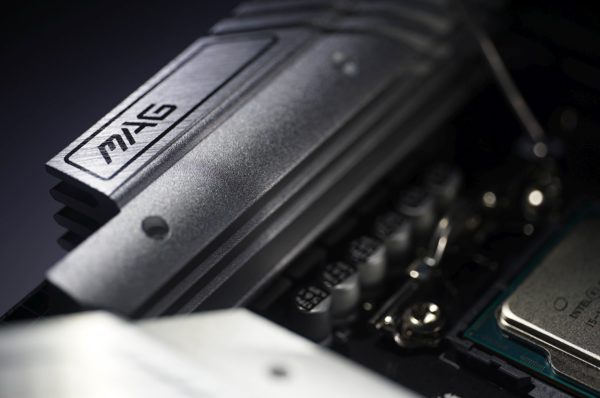
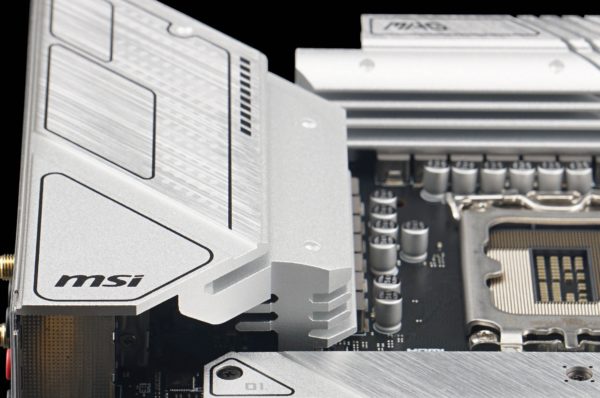
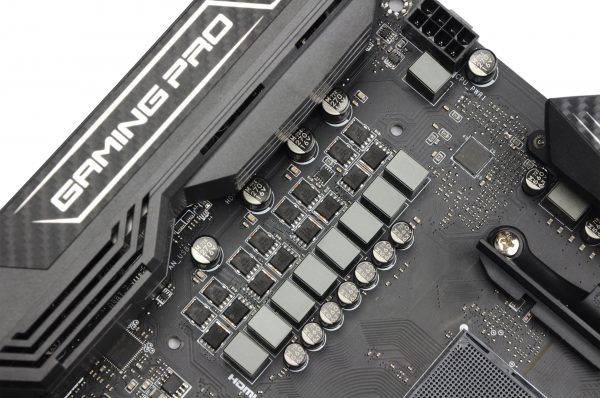
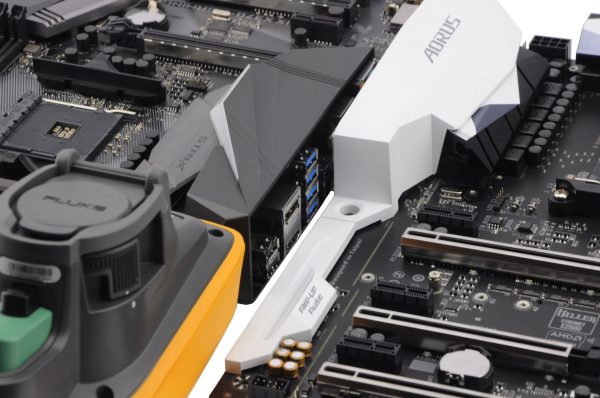



Latest comments